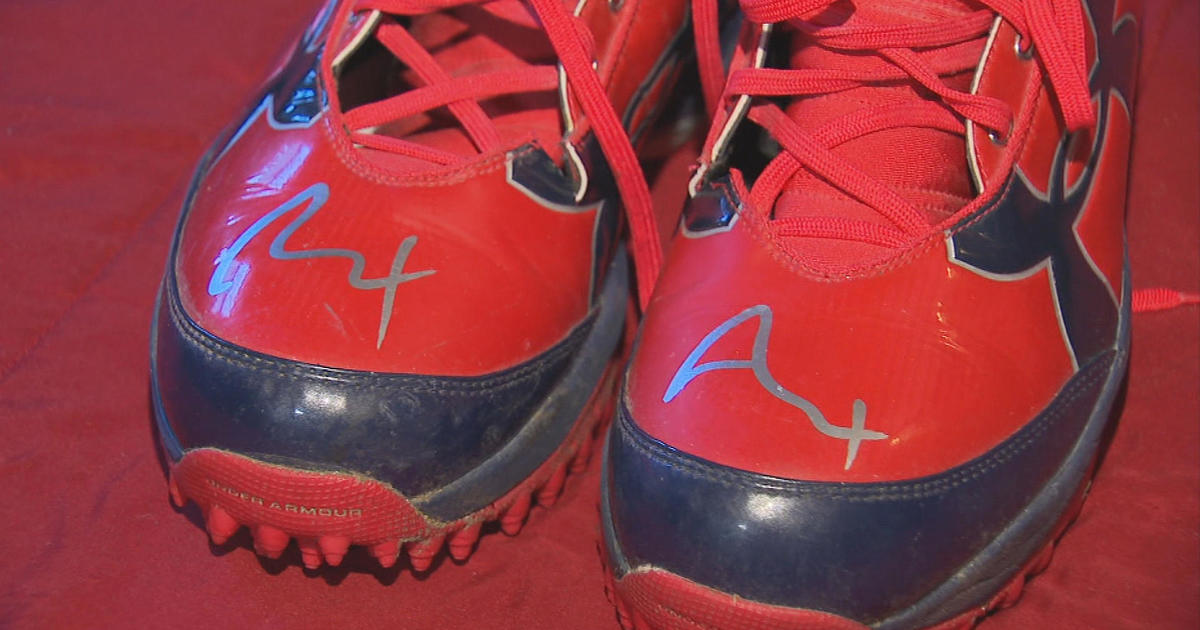Picking the Perfect Walking Shoe
By Marge Dwyer Beth Israel Deaconess Medical Center Correspondent
When you're in the shoe store trying to select a comfortable walking shoe, you may feel like you're looking for the needle in the haystack. Leather, nylon and canvas…cross trainers or running shoes…where do you begin?
How to choose a comfortable walking or jogging shoe is one of the questions Dr. John M. Giurini is asked most often by patients seeking foot and ankle care in Beth Israel Deaconess Medical Center's Division of Podiatry, which he heads.
"When talking to patients about shoes, I rarely recommend specific brands because everyone's foot is different. You want to pick the shoe that best fits your foot," he says.
But Dr. Giurini does recommend the following tips to help you select shoes that are right for you:
Go with a tie shoe. A tie shoe is better than a sandal or slip on. It's more secure than shoes with Velcro closures, though those shoes are fine for people who have difficulty tying laces or bending over. "Tie shoes keep the foot from sliding around. The laces add stability and support," he says.
Make sure the shoe fits. "Buying shoes too long and too big can be just as bad as buying them too small," Dr. Giurini says. "Your foot can slide and your feet won't have the right support." How can you tell if the shoe is the right size? The end of the shoe should be one-half thumb's width from the tip of the longest toe. "The longest toe is not necessarily the big toe," he adds. Be sure you can move your toes freely in the toe box and that your toes are not too confined. Allow extra room for hammertoes or bunions. You don't want to get blisters on your toes or cause trauma to a nail, such as a hematoma, or blood under a toenail.
Have your feet measured every two to three years. "Just because you were a size 10 five years ago doesn't mean you still are that size. Feet can shorten or widen over time," he says. You might have to visit several stores before you find one where they measure your feet, but it will be worth the trip. In addition, have your feet measured in mid-afternoon or early evening. "Feet may swell and be larger later in the day and it may affect the size you buy."
Make sure the shoe is well constructed. Look for a rigid heel at the back of the shoe that will support the heel and control motion of the foot. Make sure the outer sole has a shock absorbent, non-skid surface so you don't slip and fall. Most sneakers have this and you'll need it for cushioning the foot when walking or running. Don't confuse cost for quality. "You don't have to spend $100 or more. You can get a good quality shoe for $40-50," he says.
Try shoes on with the right socks. If you are going to use the shoe for walking, try them on with a sock you typically wear for walking. You may want to try socks with extra padding in the heel or ball of the foot to provide more support and cushioning and reduce friction when you are walking or running. Look for a sock that does not retain moisture, which can lead to athlete's foot, but instead directs the moisture out of the sock, away from the foot. Dr. Giurini generally recommends white rather than colored socks because dyes can irritate skin or cause allergic reactions in patients with sensitive skin.
Pick a sneaker to match your activity. For walking, pick a running shoe or a walking shoe. Running shoes are made of a combination of leather and nylon and are lightweight. They have spongy, soft soles and offer support for one-direction running. "For a racquet sport like tennis and basketball, choose a sturdier cross trainer shoe that provides more support for side-to-side action," he advises. Cross trainers usually are made of leather and are heavier, offering more stability and support.
If you have a wide or narrow foot, look for a brand that comes in different widths. Not many sneakers do, but at least one well-known local athletic shoe manufacturer makes sneakers in a variety of widths.
Break new shoes in gradually. Begin by wearing them for short periods; don't wear them all day. Check your feet for irritations.
If you have diabetes, regularly inspect your feet. People with diabetes can lack sensation or have poor circulation in their feet. They must take extra care to check their feet for blisters or sores requiring prompt attention.
"If you follow these tips you will end up with a good quality walking shoe that you will be happy with," Dr. Giurini says.
To make an appointment with the foot and ankle experts in Beth Israel Deaconess Medical Center's Division of Podiatry, call (617) 632-8428.
Above content provided by Beth Israel Deaconess Medical Center. For advice about your medical care, consult your doctor.
Posted May 2012



